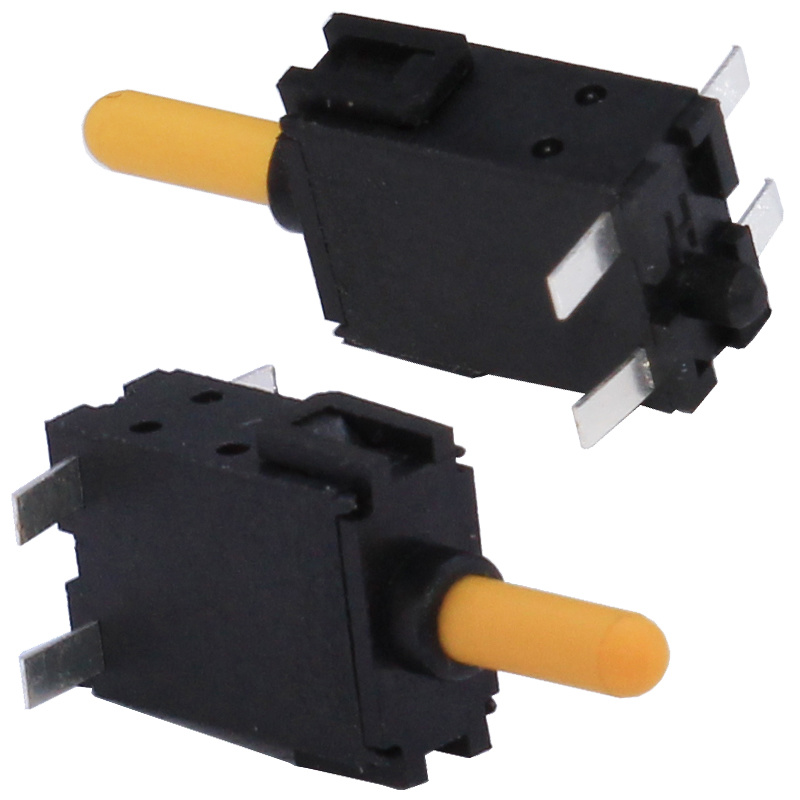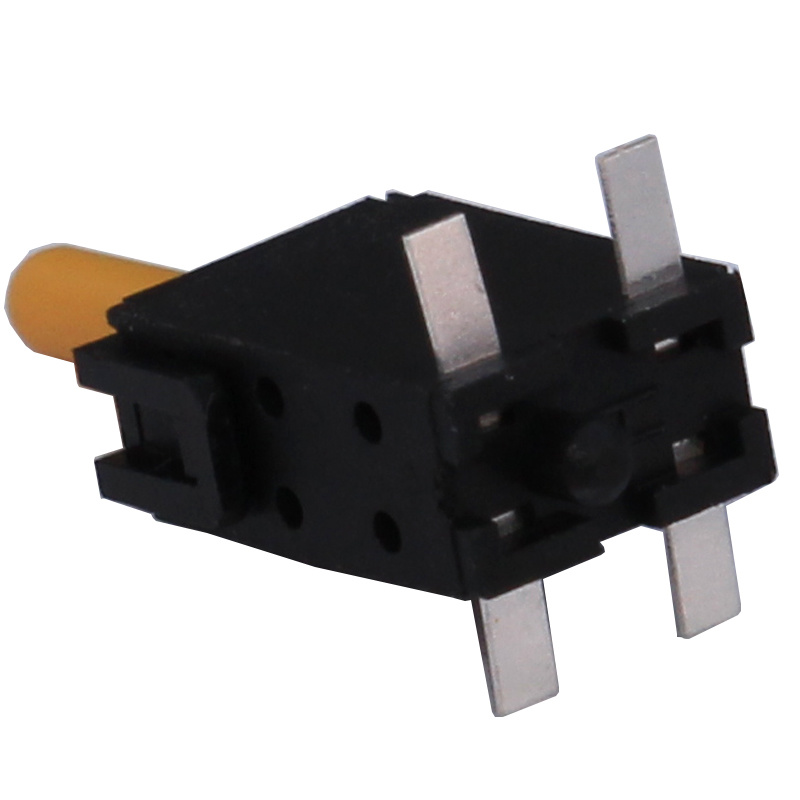11
2023
-
05
What is the structure and working principle of the negative ion switch?
Author:
The working principle of the negative ion switch depends on the change of the force on the metal spring in its internal structure to make the switch open and close. When in use, we apply pressure to the operating direction of the switch to open or close the switch. When we want to disconnect the switch, we just need to remove the pressure. The negative ion switch is mainly composed of five parts: plug-in, base, spring, button and cover.

There are many kinds of negative ion switches, which are mainly divided into two categories: the first category is the use of metal reeds as the contact piece of the switch; the contact resistance of the switch is small and the hand feel is good. Type 2 uses conductive rubber as the contact path; this switch has low contact resistance. When selecting the switch, we should not blindly follow the trend. We should choose the right switch according to our actual situation.
The negative ion switch has the advantages of small contact resistance, accurate operating force error and various specifications. Therefore, its application range is also very wide, mainly used in electronic equipment and white goods. For example, audio and video products, digital products, remote controls, communication products, household appliances, security products, toys, computer products, fitness equipment, medical equipment, note detection pens, laser pen keys, etc.
The negative ion switch is manually operated and has a control element that can be automatically reset after the spring is considered to be operated. It is a master device commonly used in control circuits. Then, in the continuous development and evolution, various products with specifications such as indicator lights, keyholes, and emergency braking functions have been added, but their essential structure and working principle have not changed. This article mainly discusses the structure and working principle of the button switch.
The four legs of the negative ion switch are normally open and normally closed. Which two are used depends on the requirements of the circuit. For example, a simple self-locking circuit is a key that normally closes as a stop and a key that normally opens as a start. It is normally off when the key is not pressed and it is off when the key is pressed. If the button is not pressed, it will be disconnected, this is called normally open, and it will be connected after pressing the button. Of course, it is measured with the ohm scale (Ω) of a multimeter.
There are many types of negative ion switch structure, including ordinary button type, mushroom head type, self-locking type, self-resetting type, rotating handle type, with indicator light type, with light symbol type and button type. There are single button, double button, three button and different combinations. The negative ion switch is generally a building block structure, which is composed of a key cap, a return spring, a bridge contact and a housing. It is usually made of a composite type, with a pair of normally closed contacts and normally open contacts. Some products can increase the number of contact pairs by connecting multiple components in series. There is also a self-supporting button, which can automatically remain in the closed position after being pressed, and can only be turned on after the power is off. The negative ion switch can complete the basic control of start, stop, forward and reverse, speed change and interlock. Typically, each negative ion switch has two pairs of contacts. Each pair of contacts consists of a normally open contact and a normally closed contact. When the button is pressed, the two pairs of contacts act at the same time, the normally closed contact is disconnected, and the normally open contact is closed.
Negative ion switch
11
2023-05
What is the structure and working principle of the negative ion switch?
11
2023-05
Electronic switch manufacturers: What are the advantages of intelligent switches, do you know?
11
2023-05
Electronic switch manufacturers share the purpose and working principle of dual-control switches
11
2023-05
11
2023-05
What are the advantages of negative ion switch?
11
2023-05
How does the negative ion switch work?
11
2023-05
Some basic information about negative ion switches?
Service Hotline
+86-769-83006531/83006527/83008791
No.75 Xinfeng West Road, Shijie Town, Dongguan City, Guangdong Province, China
Get in touch with us!
©Copyright 2024 Xiangxin Electronics All rights reserved.

